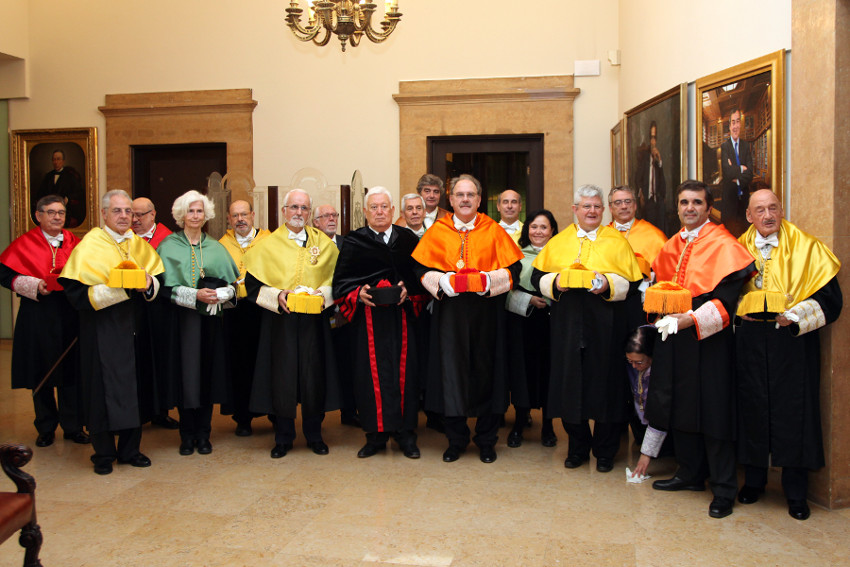“The Roman Law has been the cultural stronghold on which mexicanity rests, although it’s tempered by the customs and the autochthonous law”

Dr. Jesús Gerardo Sotomayor Garza
“It’s difficult to give the perfect justification to the contribution of Spain in our mexicanity from the time of the viceroys to the present, although we must recognize that the system derived from Roman Law has been the cultural bulwark on which mexicanity rests, even though it is tempered by the customs and the autochthonous right”. This is how begins the entry speech as a corresponding academician for Mexico of the Royal European Academy of Doctors-Barcelona 1914 (RAED) of the Judge Jesús Gerardo Sotomayor, Doctor of Criminal Law. In a ceremony held in Barcelona on October 30, the recipient read the work “La influencia del derecho español en México” (The influence of Spanish law in Mexico). On behalf of the RAED answered the full academician Jordi Martí.
In his presentation, Sotomayor made a complete exposition of the legal corpus, essentially customary, that the Spanish colonizers found among the cultures that occupied the territory that is now Mexico and how they knew how to merge with the Roman Law. “The first Mexican jurists were Spanish religious, the first legal institutions and prosecutors in Mexico were Spanish, the first and subsequent beneficiaries were not only Europeans, as it’s obvious that there were litigation between Creoles, between mestizos and between indigenous people, and although the issues between the latter were aired according to indigenous customs and practices, the rest were resolved according to Spanish law, derived from Roman law, so I affirm that Mexican society benefited from the implementation of Western Law in New Spain, and for the fortune of the Mexicans it was still valid throughout Latin America until today”, says the new academician.
Sotomayor, however, stressed the importance of that pre-Columbian law that the Spaniards assumed. “The Mexica or Aztecs had a well-developed legal and judicial organization, because as far as the legal organization is concerned, as we know through codices and stories of national and foreign historians, the practice of law was given in a large number of the current branches of the law. On the other hand, the judicial organization was sufficiently complete to recognize it as excellent, especially in the courts that existed in the aforementioned legal and judicial organization, prevailing in the Mexican indigenous world, approximately for two centuries starting from the beginning of the great Mexica civilization, which is dated from 1350 to 1521, when such culture was dominated by Hernán Cortés”.
A graduate of the Autonomous University of Coahuila and doctor from the Autonomous University of Northwest (Mexico), Sotomayor has a long career as a lawyer, teacher and researcher. He was director of the Faculty of Law of the Autonomous University of Coahuila and established the first postgraduate studies in Law in Coahuila and Durango. After a long career as head of various courts, he is currently a magistrate of the Superior Court of Justice of the State of Coahuila. His career has earned him several recognitions, including the Centennial Medal of the RAED. He has published numerous specialized monographs in Advocacy and Criminal and Civil Law and has brought to light the details of historical judicial processes.
See full speech



